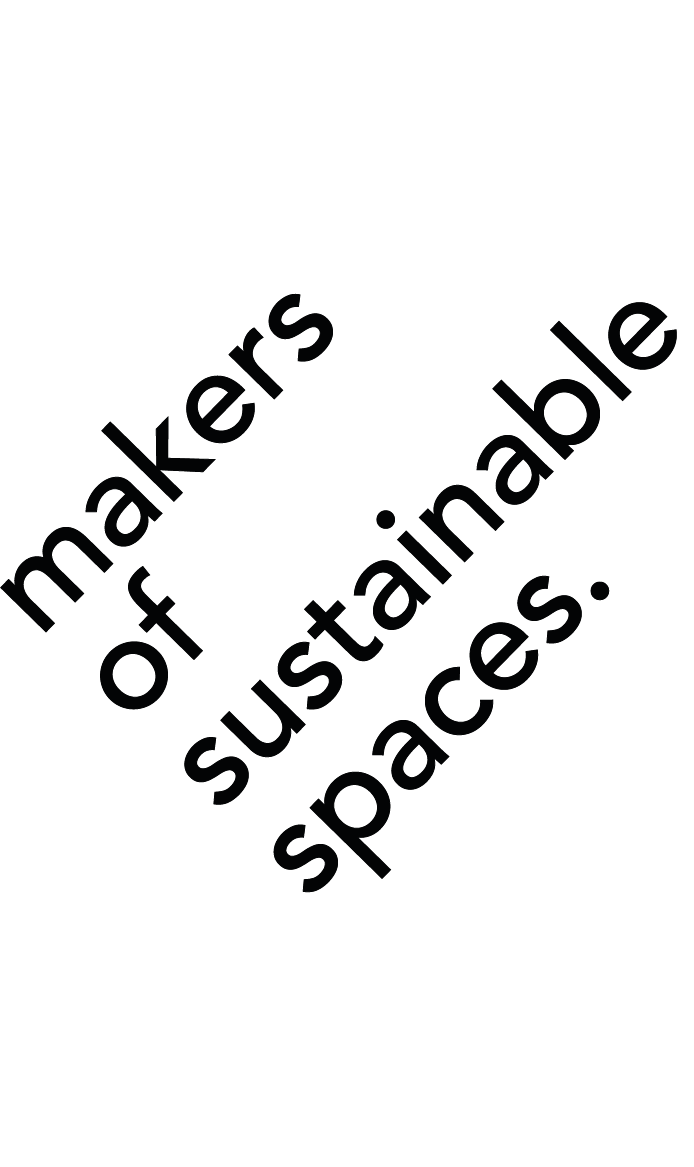05 Jun The Green Dividend: The Positive ROI of Green in Buildings
As people become more conscious of their impact on the environment and its impact on our well-being, biophilia and specifically nature-integrated design has gained popularity in the real estate industry. Biophilic design refers to the use of natural elements to create a connection between buildings and the natural world while enhancing the well-being of the building as well as its users.
Author: Tessel Pool
This article will hone in on the work that Makers of Sustainable Spaces (MOSS) delivers as nature-inclusive design experts in the built environment. More specifically, it will understand that greenery is good for the environment and the users of the space but it can also generate substantial returns on investment for property owners. In fact, according to Cocon Vastgoed, a developer who commissioned MOSS to execute the Wearhouse project in Amsterdam; “the addition of a biophilic layer both indoors and outdoors has become a sought-after feature, leading to faster rental and an additional 50 euros per m2 in value at a specific biophilic project of theirs called the Wearhouse”
The Wearhouse outdoor garden designed by MOSS
One of the main benefits of biophilia is its ability to enhance the well-being and productivity of occupants. Studies have found that exposure to natural elements can reduce stress levels, improve cognitive function, and increase creativity (Humanspaces, 2015). This can lead to better health outcomes, increased job satisfaction, and higher levels of employee engagement. As a result, businesses may be willing to pay a premium for office spaces that incorporate biophilic design elements, which can translate into higher rental rates or property values.
Bouwinvest, a leading developer whom MOSS worked closely with on the award winning Central Park building in Utrecht, highlights that the green layer at Central Park not only attracts a different audience but also enhances the building’s flexibility, making it more multifunctional. Furthermore, Dutch developer, AM emphasizes the positive impact of MOSS’s nature-inclusive work on mental well-being, which is appealing to investors and aids in employee retention.


Central Park, Utrecht indoor gardens designed by MOSS
Biophilic design paired with ecosystem services can also contribute to energy savings and lower operating costs. For example, incorporating natural light into a building’s design can reduce the need for artificial lighting, which can save on electricity costs. Green roofs and walls can also provide insulation and reduce heating and cooling costs. These savings can add up over time, especially for larger commercial properties.
Additionally, biophilic design can improve a property’s marketability and appeal to potential buyers or renters. As environmental concerns become more prominent, many people are looking for ways to reduce their impact on the planet. Properties that incorporate biophilic design elements may be more attractive to these eco-conscious consumers. Also, incorporating biophilic design in a property can set it apart from other buildings and create a unique selling point that can be used in marketing and advertising campaigns.
The benefits extend beyond financial returns. The tech company, Miro, worked with MOSS to increase the greenery at the Amsterdam, Berlin and Austin campus. The Head of the Miro Workplace in Amsterdam acknowledges that the biophilic layer creates a warm and inviting environment, improving employee retention and satisfaction. The integration of greenery in workspaces fosters a connection with nature and creates a living room-like ambiance, enhancing the overall experience.
Ultimately, the return on investment of biophilic design will vary depending on the property type, location, and the specific elements incorporated. However, by creating healthier and more sustainable spaces that enhance well-being and reduce costs, biophilic design can result in significant financial benefits for real estate owners and investors. As the demand for environmentally responsible buildings continues to grow, biophilic design is an investment that can pay off in both the short and long term.
For more information on how your project can benefit from nature inclusive elements, please reach out to us via info@moss.amsterdam. You can also read on the ROI benefits of rooftop landscape in our previous blog post.




